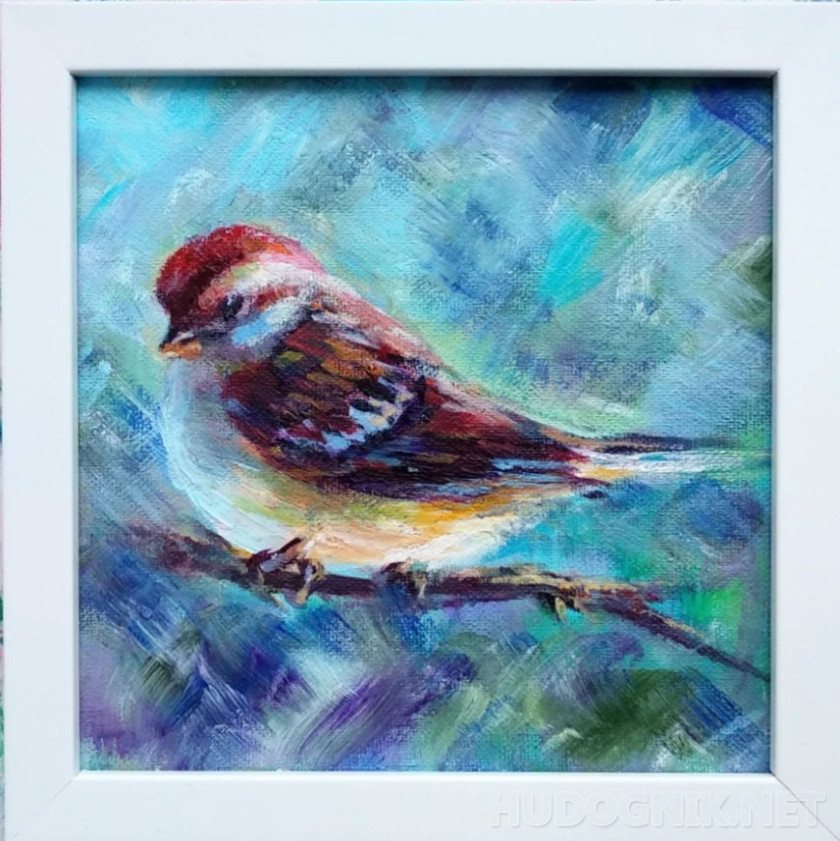
The sparrow is perhaps one of the most recognizable and widespread birds, a true inhabitant of city streets and village courtyards. It seems that it has always been here and will always be here, as familiar and integral as the sound of the wind or the smell of rain.
Outwardly, it seems inconspicuous: a small, nimble bird with brownish-gray plumage. Males are distinguished by a brighter black "cap" and gray cheeks, while females are slightly paler and more uniform in color. But behind this apparent simplicity lies amazing vitality and adaptability.
Sparrows are extremely social creatures. They keep in flocks, constantly talking to each other with their characteristic "chirp-chirp", which is carried everywhere, be it a busy square or a quiet courtyard. They are always on the move: fussily flying from branch to branch, quickly picking up crumbs under the tables of summer cafes, bathing in dust or puddles, if such an opportunity arises.
They can be found wherever there are people: they settle under the roofs of houses, in the cracks of walls, in bushes and on trees. Thanks to their omnivorousness and unpretentiousness, sparrows successfully survive in a variety of conditions, becoming part of our everyday landscape. Despite its seemingly ordinariness, the sparrow is a symbol of resilience, liveliness and continuous movement, a reminder that life is in full swing even in the most familiar places.
Location of the painting:
Moscow

If you do not have an account on our website, you must register.